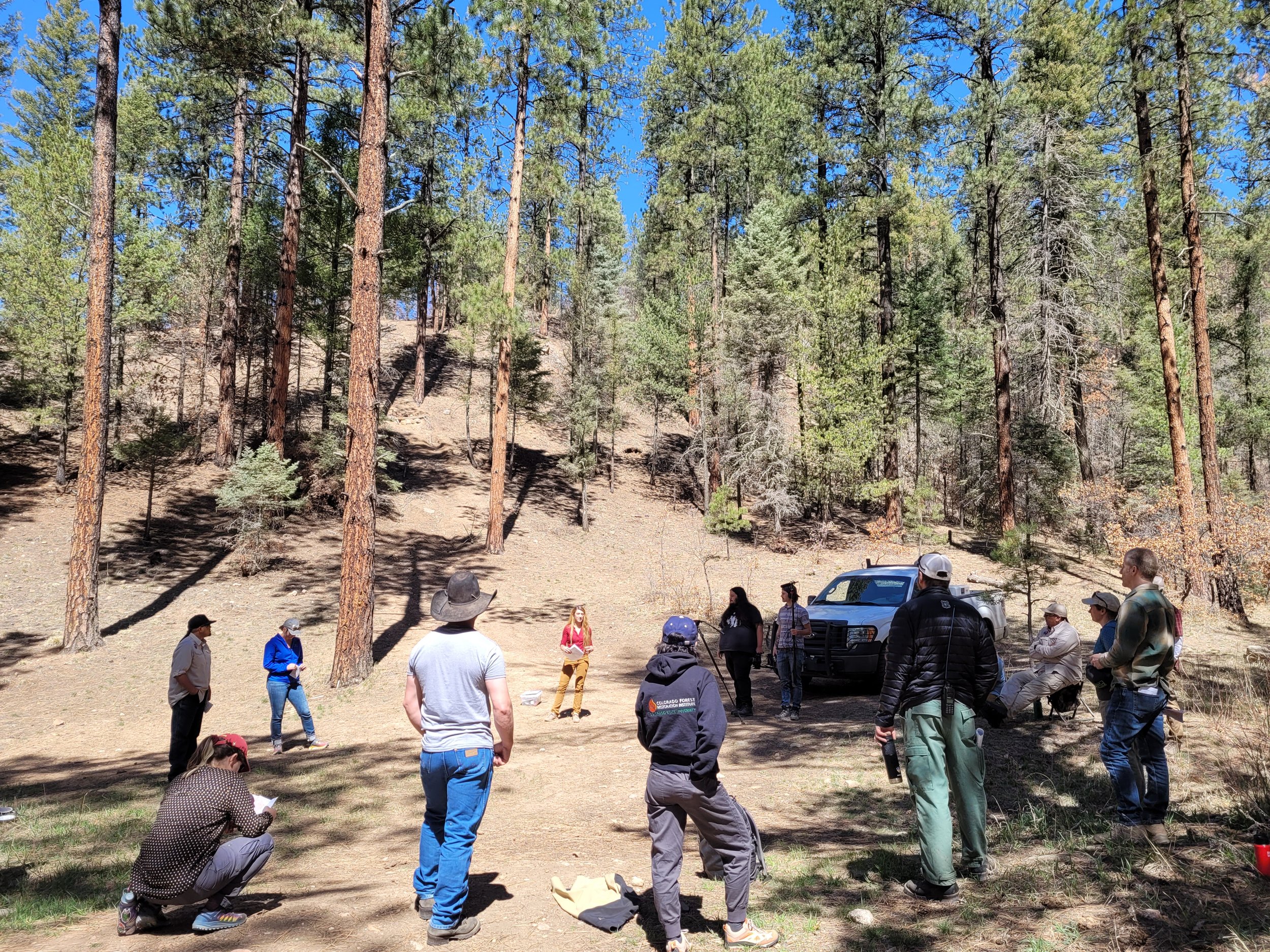2022 New Mexico Wildland Urban Fire Summit
Community Recovery, Cultivating Resilience
November 16-18, 2022
A collaborative group of fire-focused agencies and organizations is presenting the 2022 Wildland Urban Fire Summit (WUFS) in Santa Fe. WUFS is New Mexico’s leading event for wildfire preparedness and planning. This event is tailored to land management professionals and practitioners and is open to the public. Click here to book lodging and click here to learn more about the New Mexico Wildland Urban Fire Summit.
Where: The Lodge at Santa Fe
When: November 16-18, 2022
Cost: $75
Summit highlights:
Optional pre-summit tour on Wednesday, November 16th to Pritzlaff Ranch in San Miguel County (only 30 spots available!)
Social/networking hour on Wednesday, November 16th
Group tour of Santa Clara Canyon on Thursday, November 17th (transportation & lunch provided)
Communications & tools/resources tracts on Thursday, November 17th
CWPP workshop on Friday, November 18th
Join your peers, community leaders, fire service professionals, and federal, state, tribal, and local governments for this in person event. Learn from local communities adapting to a wildfire environment about the latest techniques, strategies, and resources for wildfire adaptation and resilience. Expand your network of peers and experts to assist you in your fire/disaster resiliency goals.
Travel grants are available for attendees. Go to https://www.swfireconsortium.org/funding/travel-grants/ for more information and to access the application.







































































































